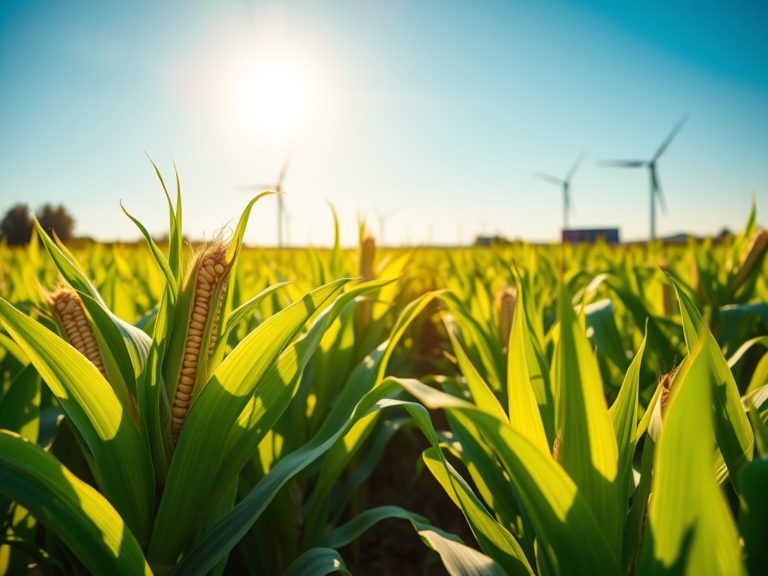ethanol explained: a deep dive into its market, impacts, and innovations
Ethanol Explained: Discover its role in energy, market impact, and innovations. Learn about challenges like the food vs. fuel debate and future solutions.
From cost center to income generator.
Energy is a major operational cost, but also a big opportunity. Audits, passive solar design, high-efficiency equipment, and small-scale renewables can cut costs by 20–40% and even generate revenue.
Take your sustainability journey further by reducing dependency, increasing independence, and building long-term energy resilience.

Ethanol Explained: Discover its role in energy, market impact, and innovations. Learn about challenges like the food vs. fuel debate and future solutions.

A biofuel is a form of fuel that is produced from renewable organic materials, such as sugar crops, oil seed crops, and animal fats. They are considered to be potential substitutes for carbon-based fuels, i.e. extremely old, biofuels. There are two varieties: plant-based and animal-based. The plant-based products are fermented sugars which create the fuels like…
Biochar, a form of carbon dioxide sequestration (SDR), is a solid material obtained from the carbonization of biomass. This process produces highly porous charcoal. The biomass is then buried to lock the carbon into the soil which can improve soil functions. CO2 typically produced by the natural degradation of biomass is also reduced. This practice is…
Enhanced weathering is the process of exposing large quantities of minerals that are reactive with carbon dioxide in the atmosphere and storing the resulting compound in the ocean or soil. It is considered a form of carbon dioxide removal or CDR. BENEFITS CHALLENGES Has the potential to increase terrestrial and oceanic net productivity Can be…
Ocean alkalinity enhancement is increasements in the ocean’s alkalinity via the exposure of large quantities of reactive minerals to carbon dioxide in the atmosphere. Calcium oxide is created when temperatures of ca. 1000 degrees Celsius are used to heat high purity limestone. The Calcium oxide is then stored in the ocean. The water prevents the…
The production of bioenergy with carbon capture and sequestration is considered a form of carbon dioxide removal (CDR). The process begins by growing biomass, burning it to create energy and finally capturing and sequestering the carbon dioxide created in the process. Negative CO2 emissions are generated by combining bio-energy production [biomass fuel power stations, pulp…
Geoengineering is deliberate, large-scale intervention in Earth’s natural systems to counteract climate change. The two most common forms are: SOLAR RADIATION MANAGEMENT (SRM) SRM techniques aim to reflect a small proportion of the Sun’s energy back into space, counteracting the temperature rise caused by increased levels of greenhouse gases in the atmosphere which absorb energy…
Stratospheric aerosols are minute particles suspended in the atmosphere designed for solar radiation management [SRM]. When these particles are sufficiently large, their presence becomes noticeable as they scatter and absorb sunlight, which can reduce visibility [haze] and redden sunrises and sunsets. Aerosols interact both directly and indirectly with the Earth’s radiation budget and climate. As…
Space reflectors, a form of solar radiation management [SRM], are sun shields positioned in space in order to reduce the amount of solar energy reaching the earth. Options include placing mirrors around the earth, placing millions of reflectors between the earth and the sun where the gravitational attraction between the two bodies is equal, launching a…
Ocean fertilization is an untested carbon dioxide sequestration (CDR) technique that involves dissolving nitrates or iron into the water which will encourage an increase in carbon uptake by phytoplankton. After the plankton blooms, it dies and then sinks to the ocean floor where the carbon will be stored as sedimentary rock. BENEFITS CHALLENGES Relatively safe…